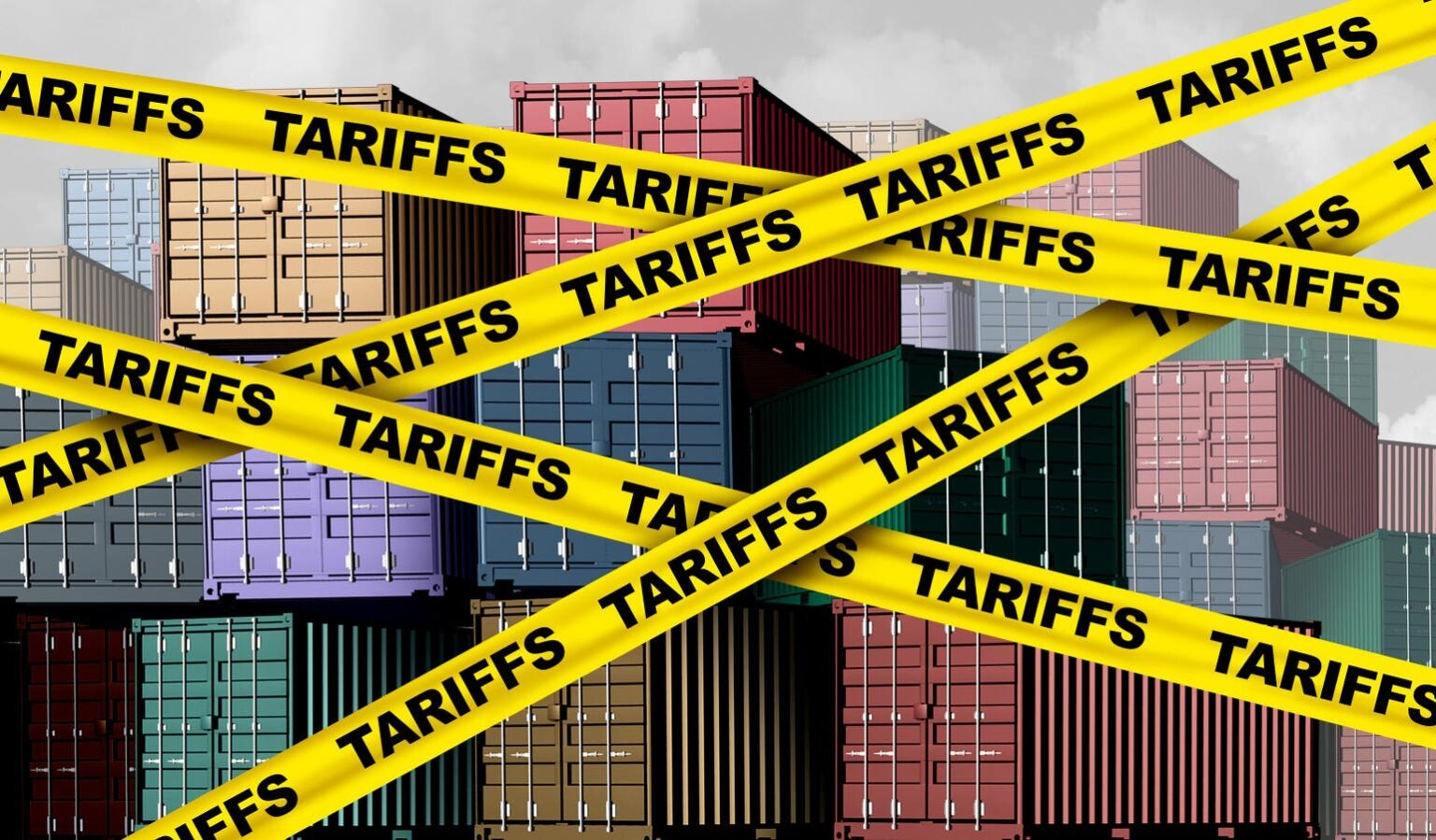The recent Trump administration’s tariffs are stirring the markets, causing some of the most pronounced volatility in market history. However, small businesses are not immune from the recent tariffs.
Small businesses include manufacturing, export and import, logistics, and many others that rely on robust trading opportunities globally. The recent tariff imposition also affects many main street businesses in your neighborhoods.
Operating a small retail business is difficult already given that small retail businesses rely on more expensive inventory due to the relatively small amount they carry in their operation. The increased inventory costs for small businesses generally make shopping at smaller stores more expensive.
Tariffs And Small Businesses
Millions of small businesses often operate on a razor’s edge with operating costs, so when the economic environment changes, like with the recently imposed tariffs, it can have an outsized effect on those small businesses. An increase in tariffs can cause disruptions in supply chains, which cause delays in small businesses getting products for their stores, which can lead to longer wait times for customers and loss of revenue if those customers can get those products elsewhere.
As a small business who is manufacturer, if you rely on the global supply chain to manufacture your product, you might find a significant increase in the costs of your raw materials, which might cause you to pass that cost onto your customer or have to seek relief through another supplier in another lower tariffed country.
A recent poll from Small Business Majority indicates that 53% of small business owners are concerned with the current tariff strategy’s impact on their business. Uncertainty about tariffs is essential because small business owners need to plan revenue for upcoming quarters. With nearly 100% of tariffs passed on to customers, predicting customer shopping behavior will get increasingly complex, especially for businesses with price-sensitive customers.
To compound the issue further, some small businesses that are suppliers for larger retailers were informed that they would not accept an increase in prices due to the rise in tariffs on China, putting more pressure on small businesses and even creating a substantial power imbalance between suppliers and retailers.
There are options to manage this uncertainty so these changes don’t flatten your business. Specifically, there are three that you should implement as soon as possible.
Supplier Diversification
If you have a product-based business where you manufacture raw materials, your first action is to increase the sourcing of your raw materials from different suppliers. Can you find countries that have negotiated new tariff terms with the United States with a lower tariff rate for the same or similar materials you currently source?
Instead of sourcing your materials from a single country source, you source your materials from multiple countries.
On-Shoring
With this strategy, you can find a capable manufacturer in the same country or closer home. On-shoring reduces the cost of shipping; although you might find the cost of labor to produce the goods in the same region higher, for security and long-term consistency, you determine if you want to avoid being subject to tariff fluctuations in the future.
Financing
You may already be experiencing the cost increases and need some relief. Some other immediate strategies you can employ might help you survive the tariff storm. A short-term line of credit from a bank that you have a relationship with can give you some relief, but remember that you should have a plan for how you will earn a profit and how you will repay the line of credit with interest.
Another financing option is inventory financing; perhaps if you already have inventory in stock, that is an asset for your company, and you could get an inventory financing loan, especially if you have purchase orders in waiting. You should weigh the finance terms to see how much it will cost you in borrowed funds.
Lean Operation
After assessing whether or not you want to finance, you must make your firm as lean as possible. You must weigh a just-in-time approach to inventory acquisition versus your standard just-in-case method. Keeping your inventory costs down means that your cost estimates must be exact. You may also have to adjust your staffing levels to the new reality of uncertainty and stick to key employees in revenue generation.
While the current Administration’s tariff policies are making some business decisions uncertain, it’s important to remember your advantage as a business owner. You can be nimble and agile. Plan, and don’t make long-term decisions based on short-term feelings.
Read the full article here











